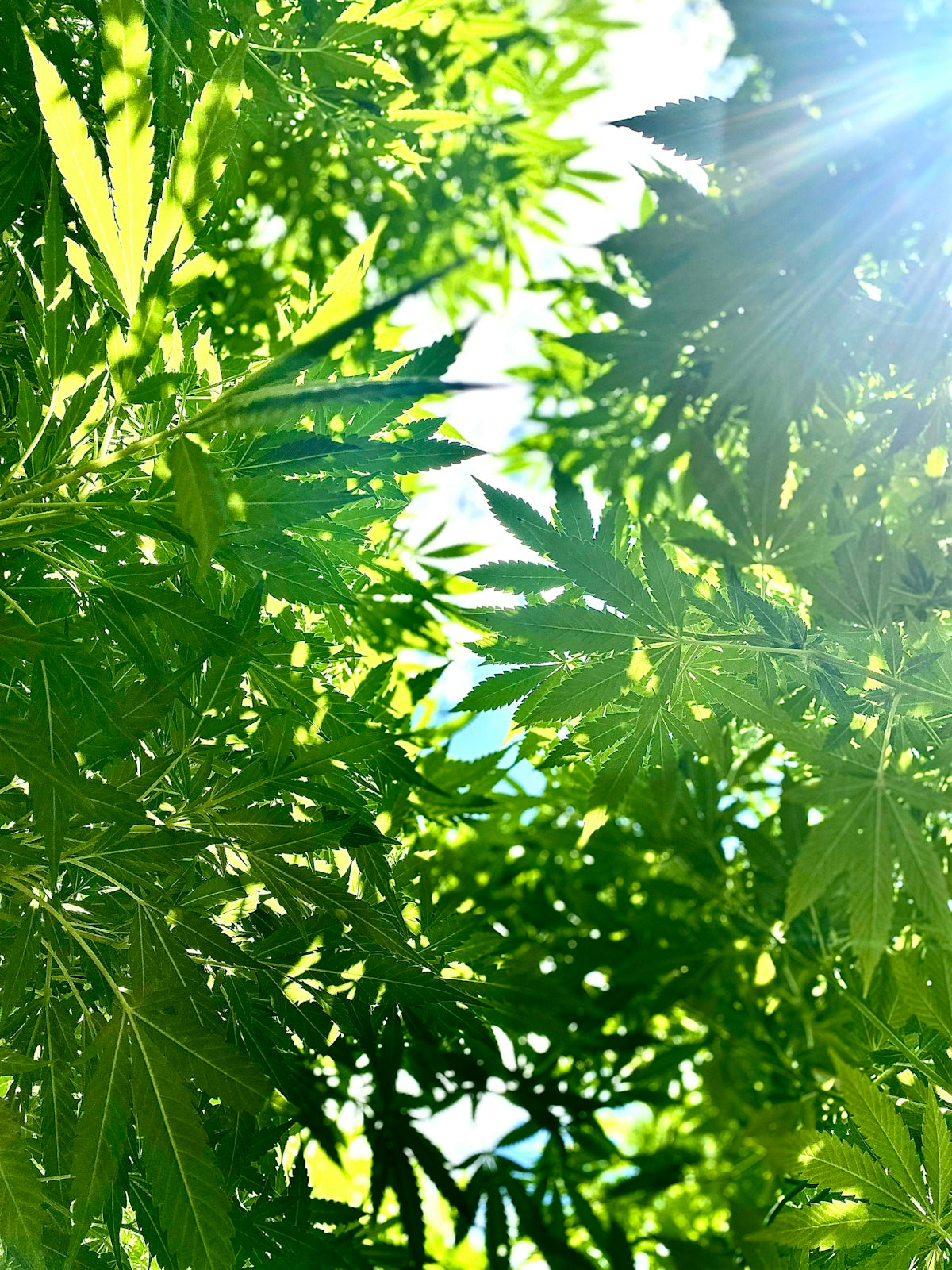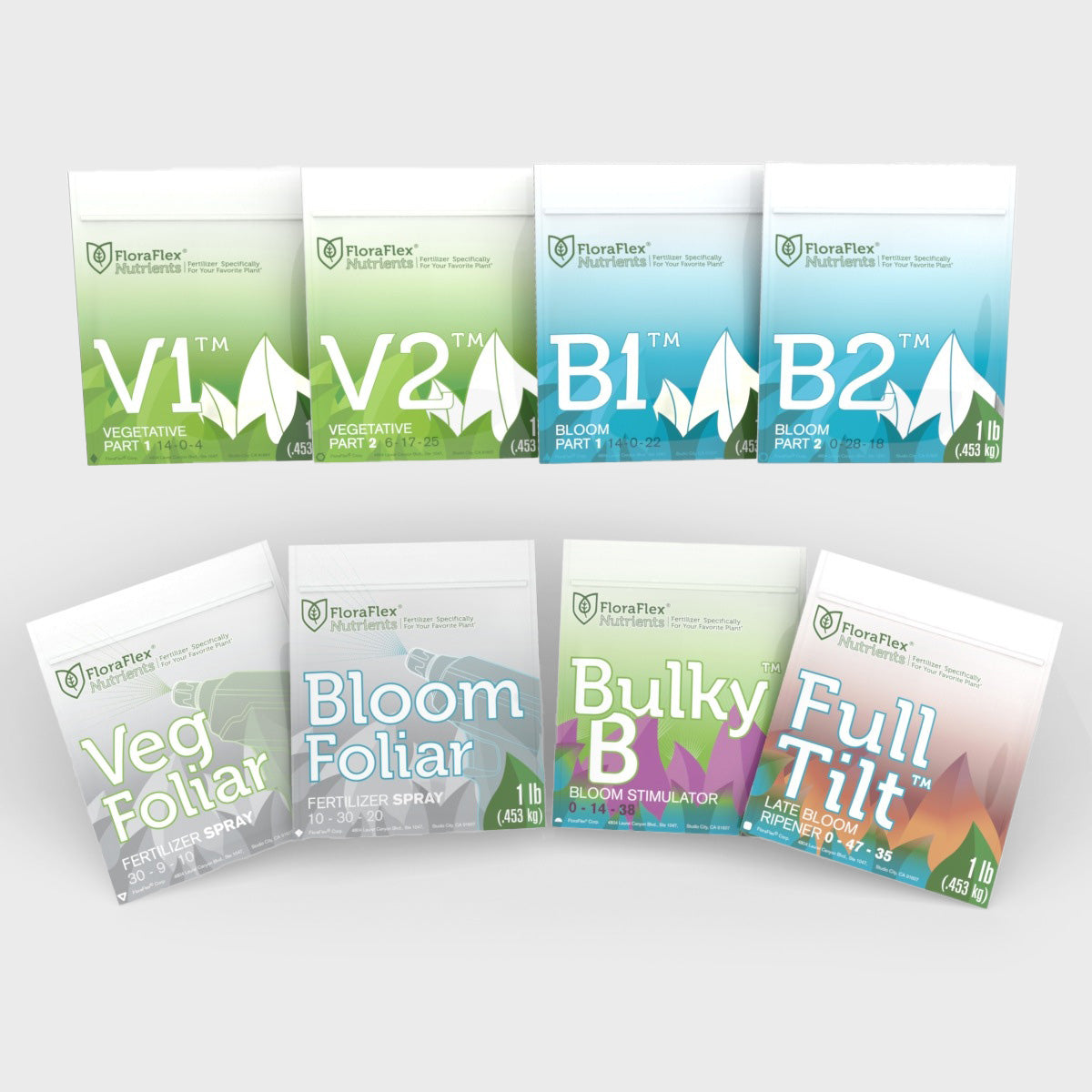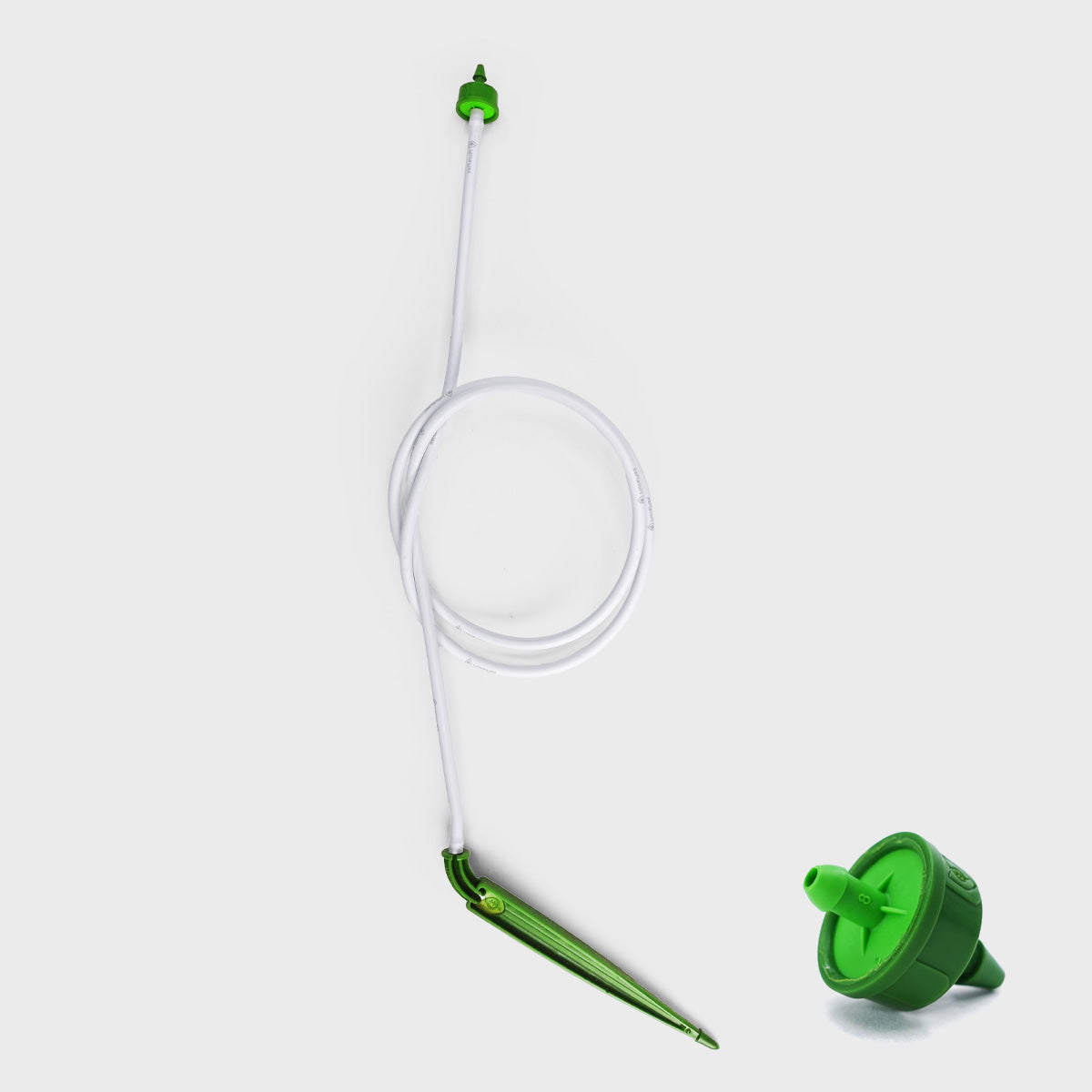Cannabis cultivation is a nuanced process that relies heavily on environmental conditions. As the global climate undergoes significant changes, these shifts invariably impact cannabis yields, affecting both the quality and quantity of the harvest. Understanding these climate dynamics is crucial for cultivators aiming to optimize their yield through strategic planning and use of innovative products like FloraFlex, which offers solutions that can help mitigate some of the challenges posed by changing climates.
The Role of Climate in Cannabis Cultivation
Cannabis, like all plants, thrives in certain environmental conditions. The primary climate factors that influence cannabis growth are temperature, humidity, light, and CO2 concentration. These elements affect the plant's photosynthesis, respiration, and transpiration processes, which are critical to its growth and yield.
1. Temperature
The ideal temperature range for cannabis during its vegetative growth phase is between 70°F and 85°F (21°C to 29°C). During the flowering phase, the optimal range slightly decreases to 65°F to 80°F (18°C to 26°C). Temperatures outside these ranges can stress the plants, leading to reduced growth rates and lower yields.
In response to fluctuating temperatures, growers might consider using FloraFlex products that support optimal growth conditions. For instance, using the 6" FloraFlex Wool (Basalt Derived) link here can enhance root structure and improve nutrient uptake, contributing to the plant's ability to withstand temperature variations.
2. Humidity
Humidity levels play a pivotal role in cannabis cultivation. During the vegetative phase, higher humidity levels (between 60% and 70%) are ideal, as they allow for robust growth. However, as the plant transitions to the flowering stage, lower humidity (around 40% to 50%) is necessary to prevent mold and mildew, which can severely damage crops.
Changing weather patterns have led to unpredictable humidity levels. Growers can mitigate these fluctuations by using products that maintain optimal growing conditions, ensuring maximum yield and quality.
3. Light
Light is indispensable for cannabis growth. High-intensity light during the vegetative and flowering stages promotes photosynthesis, leading to vigorous growth and larger yields. The duration and intensity of natural sunlight can vary significantly with climate changes, impacting overall plant health.
To supplement light deficiencies caused by climate variations, many cultivators incorporate artificial lighting systems. However, balancing artificial and natural light sources while maintaining a sustainable energy consumption rate remains a challenge.
4. CO2 Concentration
Cannabis plants absorb CO2 from the atmosphere to conduct photosynthesis. Higher concentrations of CO2 can lead to increased plant growth rates and larger yields, provided that other growth conditions (like light and nutrients) are also optimized.
With climate change, atmospheric CO2 levels are rising, offering a potential advantage for cannabis cultivation if managed correctly. Growers must balance these levels with other environmental factors to avoid negating potential benefits.
The Impact of Climate Change on Cannabis Yields
Climate change has been altering the environmental parameters significantly, influencing cannabis cultivation in multiple ways:
Rising Temperatures
Increasing global temperatures can disrupt the delicate temperature balance needed for optimal cannabis growth. Regions that once had ideal growing conditions may now be too hot, necessitating the shift to controlled indoor environments or geographically adapting cultivation strategies.
Using innovative products like the 6" FloraFlex Wool (Basalt Derived) found here can aid in maintaining effective nutrient and water management under extreme temperature conditions.
Unpredictable Weather Patterns
The increasing volatility of weather patterns, including unexpected storms or droughts, poses significant challenges to outdoor cannabis cultivation. This unpredictability can disrupt growth cycles, impact harvest timing, and ultimately, reduce yield quality.
Indoor cultivation with controlled environment agriculture (CEA) is becoming more popular, providing an effective way to mitigate these challenges by creating stable growing conditions irrespective of external climate variability.
Water Scarcity
With climate change influencing the availability and distribution of water, growers are increasingly facing water scarcity. Efficient water use and conservation techniques are critical. FloraFlex systems, for example, provide irrigation solutions that optimize water usage, ensuring that plants receive adequate hydration without wastage.
Strategies for Adapting to Climate Change
Adapting to the effects of climate change involves a multi-faceted approach. Here are some strategies cannabis cultivators can implement:
Leveraging Technology and Data
Utilizing data-driven approaches to monitor and predict environmental conditions can help growers adjust their cultivation practices proactively. Sensors and IoT devices can provide real-time data on temperature, humidity, light, and CO2 levels, enabling precise environmental control.
Benefit from Advanced Growing Mediums
The use of sophisticated growing mediums like FloraFlex Wool, made from basalt rockwool, can aid in optimal plant growth across various environmental conditions. Learn more here.
Sustainable Practices
Integrating sustainable growing practices, such as water recycling systems and energy-efficient lighting, can help reduce environmental impact and make cultivation more resilient to climate changes. These practices not only conserve resources but also reduce operational costs.
Genetic Selection
Choosing or breeding cannabis strains that are more resilient to environmental stresses can help growers maintain high yields despite adverse conditions. Genetic research and development are pivotal in this approach to select strains with desirable traits such as drought resistance or tolerance to temperature fluctuations.
Conclusion
The impact of climate on cannabis yields is substantial and multifaceted. As climate change continues to shape our environment, growers must adopt innovative solutions and strategies to ensure sustainable and profitable cultivation. Products from industry leaders such as FloraFlex offer significant advantages, from advanced watering systems to specialized growing mediums, empowering cultivators to adapt effectively and thrive in an ever-changing climate landscape.
Understanding and anticipating the effects of climate change enables growers to craft resilient strategies, ensuring their cultivation processes are robust, sustainable, and productive. As the world navigates this challenging yet opportunistic time, the cannabis industry must lead with innovation to secure its future.









